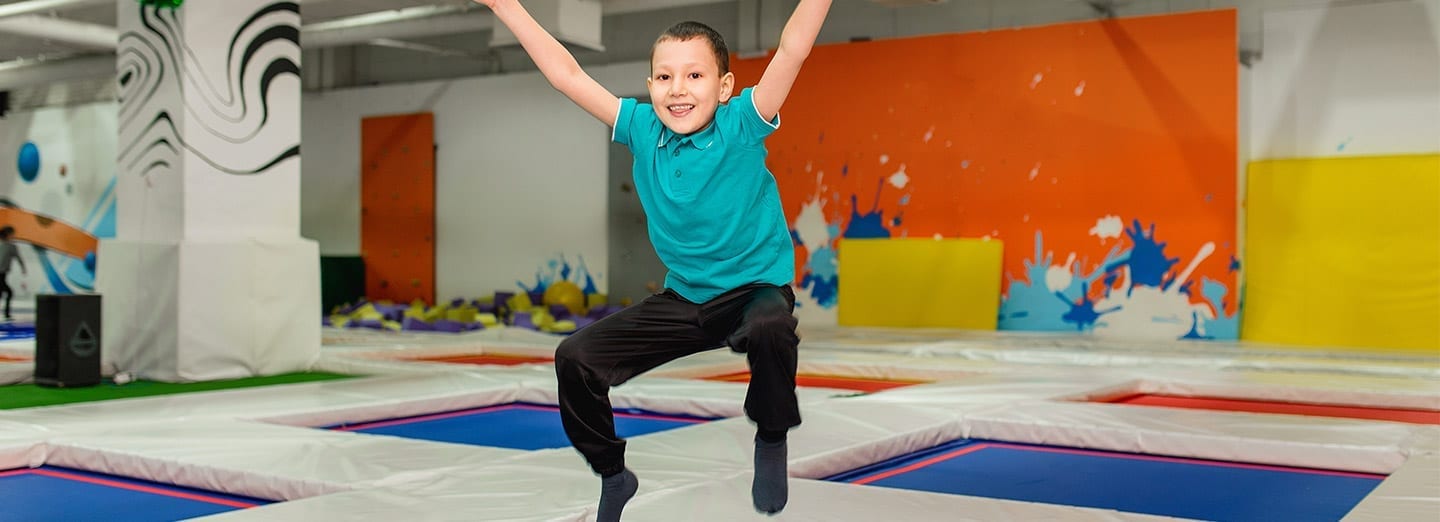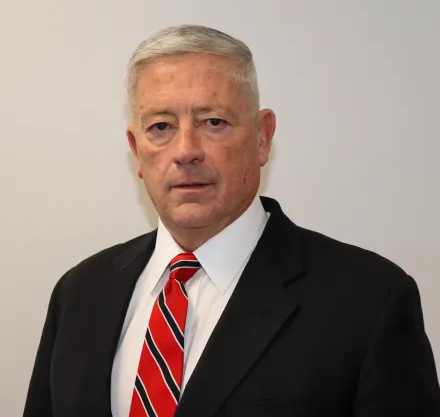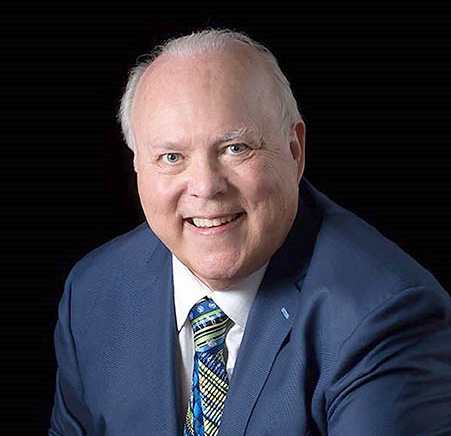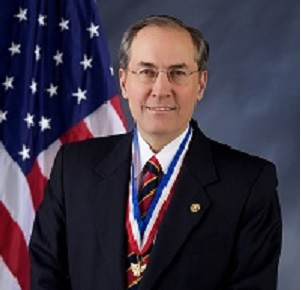
SUMMARY
An indoor trampoline park is an enclosed gymnasium-like space holding many connected trampolines that turn it into a massive trampoline area. What may seem like a fun and safe activity can actually pose many risks. You can identify and help to mitigate those risks with a little research and some discussion with your chosen facility.
GENERAL INFORMATION
If you are considering an outing to a trampoline park for your unit, district, or council, please consider the following guidelines:
- Do your research—Before going to a trampoline park, do some research on the park’s safety record and operations.
- Park design—Verify that the trampoline facility meets or exceeds ASTM standard F2970 – 15 – Standard Practice for Design, Manufacture, Installation, Operation, Maintenance, Inspection, and Major Modifications of Trampoline Courts.
- Have a plan—Use a risk assessment tool like SAFE.
- Medical restrictions—Be aware of any restrictions that the trampoline facility has in place for participants. Discuss the risk of potential injury with all parties.
- Instructor verification—Verify instructor knowledge and experience. Ensure that the trampoline court is staffed by employee “monitors” to monitor the safety of participants and ensure that participants are following safety guidelines. Staff should receive safety and emergency preparedness training on an annual basis.
- Qualified supervision—Adult leaders should monitor play and maintain visual contact with Scouting youth.
—According to research by the American Academy of Pediatrics, “… flips should be restricted and contact between jumpers should be minimized” to prevent some injuries. - Consent forms—Parents should sign any required consents, releases, risk acknowledgments, or waivers of liability on behalf of their children. This is not a unit leader’s responsibility.
- Unit leadership should not enter into contracts in the name of the unit, the council, or the Boy Scouts of America, nor can leaders or parents waive or release the rights of the council or the BSA.


